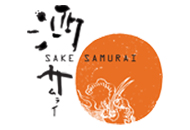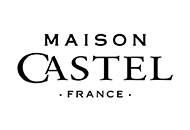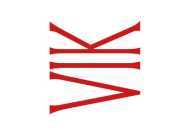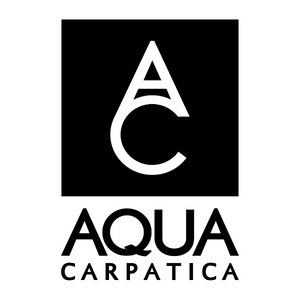‘The concept of a ‘normal’ year is no more’One thing is for sure, the concept of a ‘normal’ year is no more, and we need to adapt our winemaking accordingly. We were fortunate this year, but it could have been so different...
H₂O
In our region, Minervois in the north-west of Languedoc, sunshine is plentiful and we worry more about rain. How much, when and how it falls, and also how much rain there was in the previous year (to replenish water tables).The winter months for this harvest cycle provided a moderate 230mm of water between October and February, but March to May saw an impressive 280mm – which was great for stimulating the vines during budding. The downside of this was the parcels being too wet to move in with our mechanical weed cutters as we wanted to avoid compacting the soil.
As soon as the sun came out, it wasn’t only the vines rejoicing. The weeds mounted a rapid push, and it was a race to get out as soon as the soil was dry enough to cut these back and allow the vines to benefit from resources unhindered.
'It took three to five years to truly see the benefits of the protocol'We don’t use chemicals. When I arrived in the Minervois in 2001, the soil was pretty washed-out and had been subject to various nasty chemicals to encourage growth and control weeds. I was introduced to Jean-Pierre and Brice Cousinié, from Narbonne, who had devised a soil management protocol to restore soil, particularly by re-creating mineral balance, which in turn would be transmitted through the roots of the vine to create healthier and stronger plants, more resistant to disease and to drought. This would translate into better quality fruit, when combined with lower yields and mechanical weeding. So we only use organic mineral sprays to correct plant and soil deficiencies.
It took three to five years to truly see the benefits of the protocol, much of which is similar to organic protocols, but is not recognised as such. However, we are hoping to be accepted as organic next year.

Frost, hail and disease
Last year gave us images of vignerons protecting their vines by lighting fires. This year, we were spared this toil for the most part – but many other producers in the Languedoc experienced damaging frosts. The St Jacques topography part-resembles a wind tunnel up a long valley, which we refer to as ‘God’s hairdryer’, keeping frost damage to a minimum and also drying vines quickly.'Seeing rows of vines without a leaf on them after three minutes made many wonder what they were doing in this industry!'Hail was another damaging feature in the spring and summer this year. Again, we were lucky. Reports from neighbouring areas were of violent storms lasting several minutes and pounding vines, cars, and buildings with golf-ball sized hailstones. Seeing rows of vines without a leaf on them after three minutes made many wonder what they were doing in this industry! Car body repair shops and veranda glass replacement businesses fared better.
The other bane of the vigneron’s life here prior to veraison is downy mildew – mildiou in French. Unless spotted early and treated quickly, it spreads like wildfire. We had slight damage from mildiou, but were fortunate it affected us later than others, after the start of veraison, and not enough to seriously affect the health or volume of the harvest.

The harvest
After all the vicissitudes of the spring and summer weather, we approached September and the harvest with bated breath. As we had relatively healthy fruit and higher yields compared to previous years, we even displayed a certain optimism, particularly given the escape from the hail, frost and rot phenomena that many of our neighbours suffered.We were rewarded with an Indian summer through September. Cool nights and warm days right up to the end of the month. Just what the doctor ordered for a trouble-free harvest. And with dry conditions all month, we anticipated a qualitatively and quantitatively good harvest.
'A plot that used to take two days to harvest now takes four hours'We machine harvest now. It’s quicker, cheaper and more flexible than manual picking to harvest parcels at the perfect time – but less romantic for many. After the leap in quality from a few years ago, modern harvesting machines are continuing to improve, even conducting a ‘tri’ (selection) and having the stems removed while they harvest. The grapes go straight into tank as beautiful clean marbles and no longer have to go through an égrappoir (destemmer), thus removing a source of bruising. We initially harvested with a team of 12-15. We now do it with three in a fraction of the time. A plot that used to take two days to harvest now takes four hours.

For us, this was a year of snatching victory from the jaws of defeat.
We hope difficult years like this will spur research for natural ways to control disease. To end on a positive note, although being organic means we have fewer tools at our disposal to counter disease, we also witness our vines being better able to support variations in weather and appear to produce better quality juice. Let’s hope others see it the same way!

 English
English French
French


.png)


.png)





